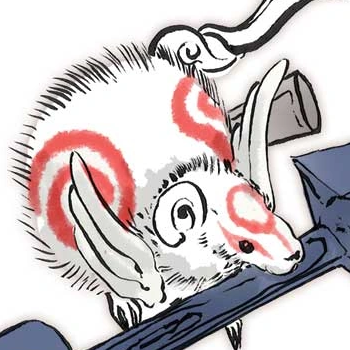I saw a map of undersea internet cables the other day and it’s crazy how many branches there are. It got me wondering - if I’m (based in the UK) playing an online game from someone in Japan for example, how is the route worked out? Does my ISP know that to get to place X, the data has to be routed via cable 1, cable 2 etc. but to get to place Z it needs to go via cable 3, 4?


The circuitry doesn’t determine which cable is the correct one. That is determined by a protocol that associates various IP networks with different network interfaces. So, for example, all data going to 192.168.5.0/24 goes to interface eth0, and 192.168.0.0/24 goes to eth1 and 10.0.0.1 goes to eth2 and so on. Each interface is a separate RJ45 Ethernet port on your router, for example. It doesn’t have to be RJ45 it could be your router has a Thick Ethernet or Thin Ethernet connector. Or it could have wifi. Or something else.
Anyway, forwarding the packet to the correct interface / subnet can be done with a static route defined on the router. Another way is dynamic routing using BGP (border gateway protocol) which is an exterior gateway protocol that dynamically routes between your network and somewhere exterior to your network. Yet another protocol is OSPF (open shortest path first) which is used inside a corporate network for dynamic routing.
For any of these the router knows how to send the IP packet to the next hop, another router, which in turn knows how to send it to the next hop.
Where to send is based on the destination IP. The routers know which interfaces and which other routers are responsible for different subnetworks.
It is sort of like how once your mail makes it to a main hub in your state, it is then routed to the main hub for the destination state, and from there to the post office responsible for the destination zip code, and then to the mail route (and hence truck) responsible for the street and number.
So if your destination is 1.1.1.1 maybe there is a router known to be responsible for 1.0.0.0/8 and then it knows what router is responsible for 1.1.0.0/16 and so on until we get to a router that has 1.1.1.1 on one of its subnets then it sends directly to 1.1.1.1.
IPs and packets are well and good and I do have a decent working knowledge of TCP/IP, but what physically is actually happening? Thanks for replying anyway!
Physically, at the physical / link layers, an Ethernet transceiver integrated circuit is used that knows how to take data provided by the cpu and communicate it by sending signals along the RJ45 Ethernet physical layer to communicate with the switch. By looking at the datasheet and IEEE 802 specs one could figure out more detail.